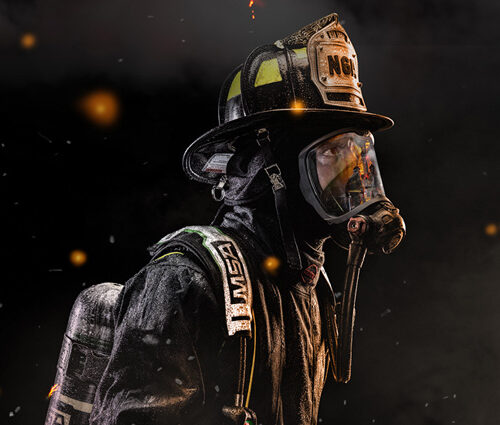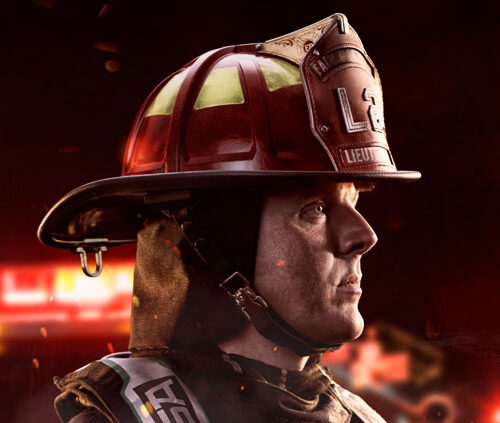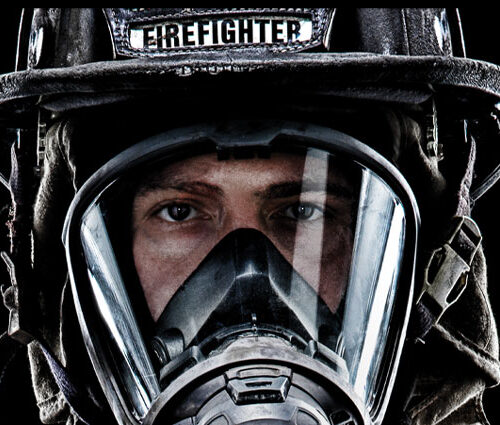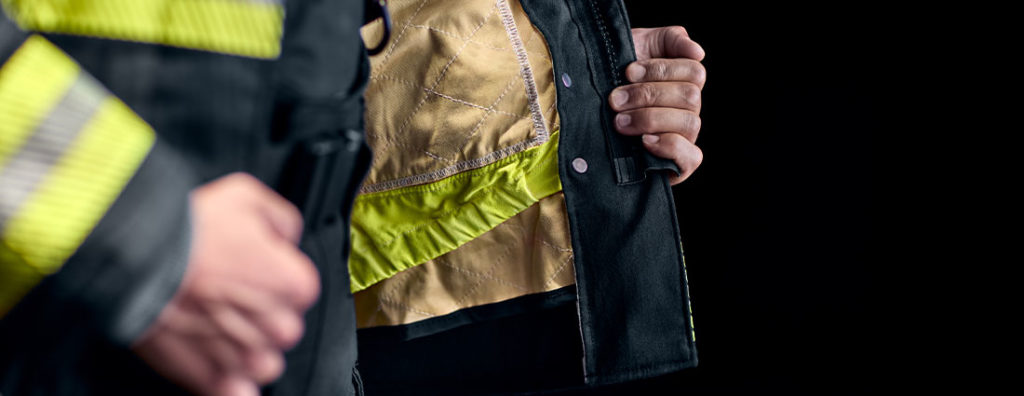
For firefighters, safety hazards are part of the job description. While managing an active fire scene is inherently dangerous, firefighters must take all necessary precautions to help prevent long-term health issues. This does not mean fire departments must overhaul and replace their head-to-toe PPE. Rather, firefighters can evaluate and identify areas of improvement in their existing turnout gear to equip their team from future exposures.
What Chronic Challenges Do Firefighters Face?
On today’s multi-hazard fireground, firefighters combat heat stress, fatigue, falls, and unstable structures, all while donning PPE for longer periods of time. In these uncontrolled environments, a growing concern for firefighters may not be immediately visible: exposure to toxic substances.
Carcinogenic chemicals, infectious disease, toxic gases, and other particulates pose a series of challenges to firefighters. Fires may release hazardous substances, which can be absorbed via contact with skin (dermal) in addition to inhalation and ingestion.
This chronic exposure leads to both short- and long-term health impacts. According to the IAFF, firefighters have a 9% greater risk of being diagnosed with cancer than the general public and a 14% higher risk of dying from occupational cancer than the general public.¹ Prevention of exposure to these health hazards is critical to firefighter safety – and it includes toxic exposure reduction.
How Can You Reduce Exposure to Toxic Substances?
Not every complex problem requires a complex solution. When every interface is covered, your turnout gear can help lessen health risks related dermal particle exposure.
The Globe Guard™ Exposure Reduction System is a simple turnout gear solution that departments can add to their jacket and pant specifications to help protect their firefighters. Sewn into the liner system, this innovative feature consists of a jacket component and two pant components, all constructed of premium materials: GORE-TEX CROSSTECH® black moisture barrier and TECASAFE® PLUS.
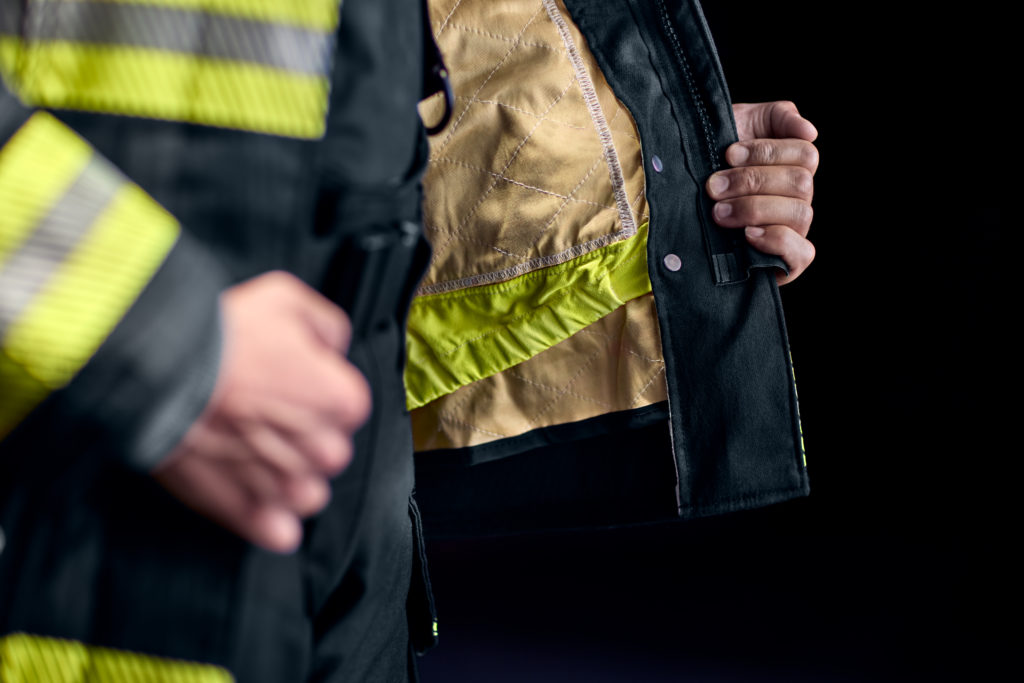
How Does Globe Guard Work?
The Globe Guard System helps to reduce firefighters’ exposure to toxic substances, while managing the impacts of heat stress that could impede their performance. The highly breathable GORE-TEX CROSSTECH® black moisture barrier, combined with the TECASAFE® PLUS layer, blocks particulates while providing moisture management, flame resistance, and active moisture wicking.
This system is available as an option for all Globe turnout gear styles, and features the following:
- The jacket component is sewn into the thermal liner above the hemline to help reduce particle ingress at the jacket and pants interface. It’s automatically engaged as part of the liner system when the jacket closures are secured.
- The first pant component is sewn to the liner system at the bottom hem of each leg to help reduce particle ingress at the pant cuff and boot interface.
- The second pant component is installed at the base of the fly to help reduce particle ingress in this area.
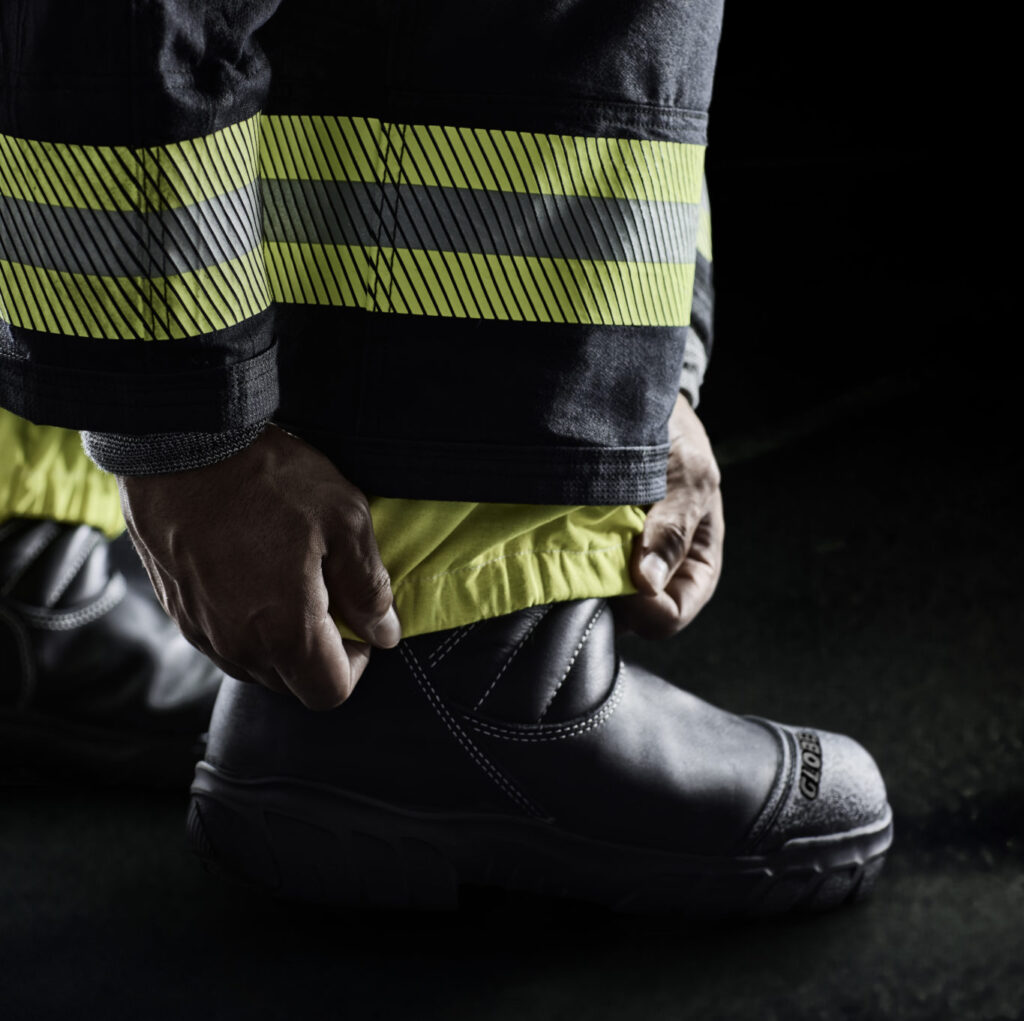
The heightened focus on long-term firefighter health is not solely an equipment issue. Enhancing firefighter health involves several department and firefighter changes, including the adoption of process and practices related to decontamination and equipment usage.
The Firefighter Cancer Support Network, an industry leader in raising awareness on this issue, has published a list of actions that firefighters can take to reduce their long-term health risk: Taking Action Against Cancer in the Fire Service, Firefighter Cancer Support Network
Sources:
¹ https://www.iaff.org/wp-content/uploads/FFCancer_TrainingBriefs_ScientificStudies-1.pdf


